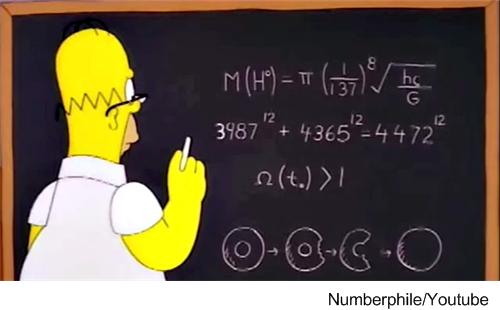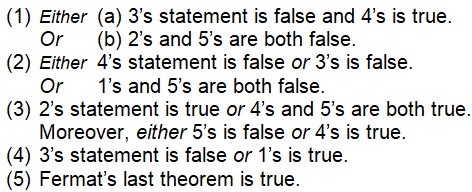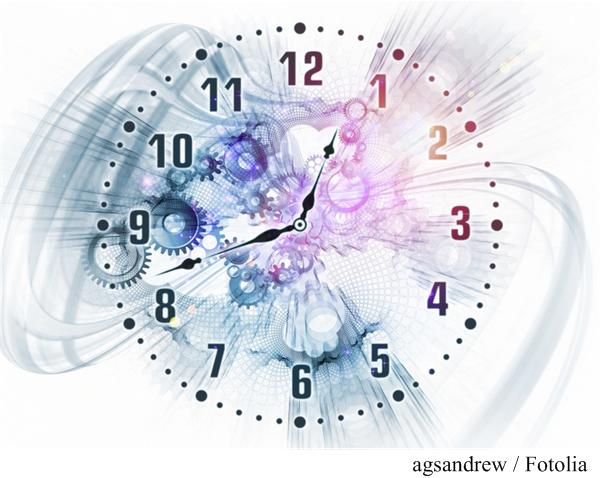 This is a rather mind-boggling problem from the 1947 Eureka magazine.
This is a rather mind-boggling problem from the 1947 Eureka magazine.
“Six men, A, B, C, D, E, F, of negligible honesty, met on a perfectly rough day, each carrying a light inextensible umbrella. Each man brought his own umbrella, and took away—let us say “borrowed”—another’s. The umbrella borrowed by A belonged to the borrower of B’s umbrella. The owner of the umbrella borrowed by C borrowed the umbrella belonging to the borrower of D’s umbrella. If the borrower of E’s umbrella was not the owner of that borrowed by F, who borrowed A’s umbrella?”
See the Umbrella Problem for solutions.

 This is a fun problem from the 1949 Eureka magazine.
This is a fun problem from the 1949 Eureka magazine.

 This problem comes from the “Problems Drive” section of the Eureka magazine published in 1955 by the Archimedeans at Cambridge University, England. (“The problems drive is a competition conducted annually by the Archimedeans. Competitors work in pairs and are allowed five minutes per question ….”)
This problem comes from the “Problems Drive” section of the Eureka magazine published in 1955 by the Archimedeans at Cambridge University, England. (“The problems drive is a competition conducted annually by the Archimedeans. Competitors work in pairs and are allowed five minutes per question ….”)